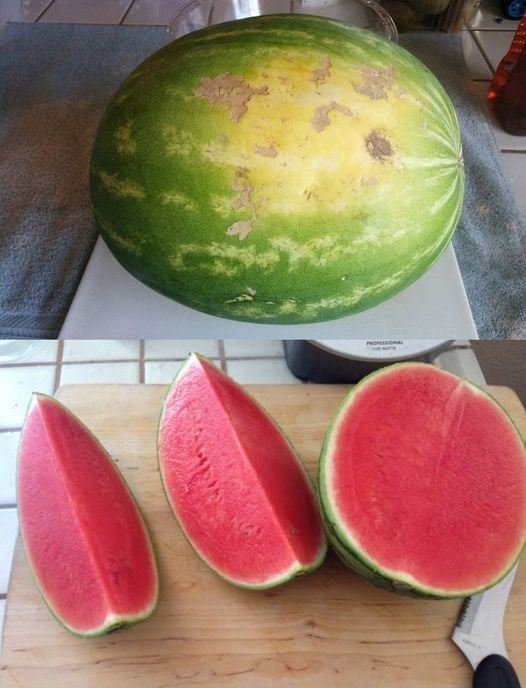ADVERTISEMENT
Understanding Ripeness and Seasonality
The key to selecting the sweetest produce lies in understanding ripeness and seasonality. Fruits and vegetables have a peak season when they are at their sweetest and most flavorful. For instance, strawberries are best in spring, while apples shine in the fall. Shopping according to the season not only guarantees better taste but also supports local farmers and reduces your carbon footprint.
Ripeness is another critical factor. A ripe fruit is typically softer, more fragrant, and vibrant in color. For example, a ripe mango will emit a sweet aroma and yield slightly to pressure, while a perfectly ripe avocado will feel firm yet give under gentle pressure. Learning these subtle cues can significantly enhance your produce selection skills.
Tips for Selecting Sweet Fruits
When it comes to fruit, the importance of using your senses cannot be overstated. Start with a visual inspection, looking for vibrant colors and unblemished skin. A deep, rich color often indicates high sugar content and ripeness. Next, use your sense of smell; a sweet fragrance is a surefire sign of a ripe fruit. Finally, gently squeeze the fruit to check for firmness. For example, a ripe peach should be slightly soft to the touch, while a watermelon should sound hollow when tapped.
Another tip is to pay attention to weight. Heavy fruits typically contain more water and sugar, which translates to juiciness and sweetness. For instance, when selecting oranges or melons, choose those that feel heavy for their size.
Choosing Flavorful Vegetables
While sweetness is often associated with fruits, certain vegetables can also offer a sweet, satisfying taste. Root vegetables like carrots, beets, and sweet potatoes are prime examples. To select the sweetest vegetables, look for ones that are firm and have smooth, unblemished skin. Avoid vegetables with soft spots or discoloration, as these are signs of aging.
For leafy greens, freshness is key. Choose greens that are bright and crisp, avoiding any that are wilted or yellowing. The sweetness in vegetables often develops as they mature, so selecting the right size is crucial. For instance, smaller carrots and beets tend to be sweeter than larger ones, which can become woody and less sweet.
ADVERTISEMENT


